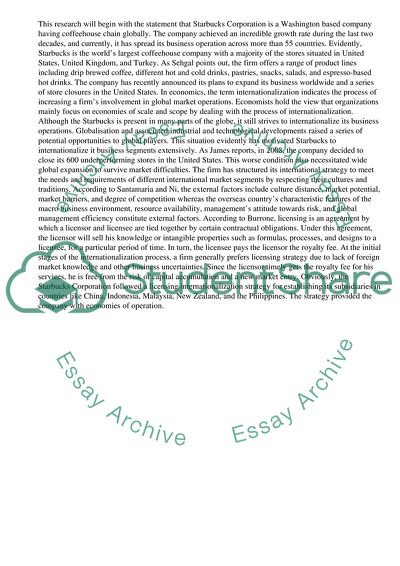Cite this document
(“International Operation Management: Case of Starbucks Corporation Essay”, n.d.)
International Operation Management: Case of Starbucks Corporation Essay. Retrieved from https://studentshare.org/business/1440270-international-operation-management
International Operation Management: Case of Starbucks Corporation Essay. Retrieved from https://studentshare.org/business/1440270-international-operation-management
(International Operation Management: Case of Starbucks Corporation Essay)
International Operation Management: Case of Starbucks Corporation Essay. https://studentshare.org/business/1440270-international-operation-management.
International Operation Management: Case of Starbucks Corporation Essay. https://studentshare.org/business/1440270-international-operation-management.
“International Operation Management: Case of Starbucks Corporation Essay”, n.d. https://studentshare.org/business/1440270-international-operation-management.


